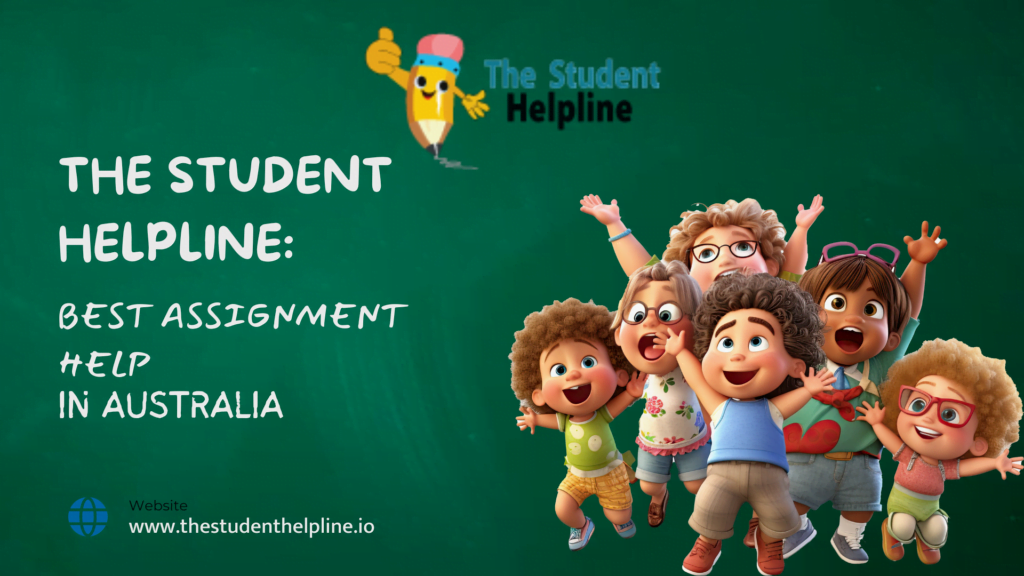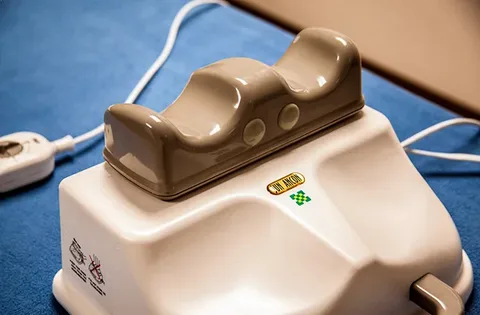Child care is an essential service for many families, especially those with working parents, single caregivers, or those pursuing education. However, the rising cost of quality child care can be overwhelming. To ease this financial burden, child care assistance programs are available at federal, state, and local levels. But who qualifies for child care assistance? This guide breaks down the eligibility criteria, the types of assistance programs, and how you can apply.
Understanding Child Care Assistance Programs
Child care assistance programs help families afford quality child care services while parents work, attend school, or meet other eligibility criteria. These programs are often funded by federal and state governments and administered through local agencies. The most well-known federal initiative is the Child Care and Development Block Grant (CCDBG), which provides funds to states for child care subsidies.
Each program has specific requirements, but the core factors that determine eligibility generally include income level, employment or educational status, family size, and the child’s age. Let’s explore each of these factors in detail.
1. Income Level Requirements
Most child care assistance programs have strict income limits to ensure support reaches low- and moderate-income families. The income threshold varies by state and family size. Typically, eligibility is determined as a percentage of the federal poverty level (FPL) or state median income (SMI).
For example, some states allow families earning up to 200% of the federal poverty level to qualify. In 2024, this means a family of four earning $62,400 or less annually may be eligible in certain states. However, other states may have different limits based on funding availability and local policies.
2. Employment and Educational Status
Many assistance programs require at least one or both parents to be employed, actively seeking work, or enrolled in an education or training program. This ensures that subsidies go to families who genuinely need support to maintain employment or improve their career prospects.
Common qualifying activities include:
- Working a minimum number of hours per week (e.g., 20-30 hours)
- Attending college, vocational training, or job-skills programs
- Actively searching for a job (in some states)
- Participating in a state welfare or workforce assistance program
Stay-at-home parents typically do not qualify unless they are engaged in an approved activity like job training.
3. Family Size and Composition
The number of people in your household affects your eligibility. Larger families often have higher income thresholds, recognizing that costs rise with additional dependents. Additionally, programs may prioritize assistance for single-parent households, as they often face greater financial challenges in securing child care.
4. Age of the Child
Child care assistance generally covers children under the age of 13, though some programs extend support for children with disabilities up to age 19. Infants and toddlers often receive priority due to the higher costs of care for younger children.
5. Citizenship and Residency Requirements
Most government-funded programs require the child receiving assistance to be a U.S. citizen or qualified legal resident. However, parents’ immigration status may not always be a disqualifying factor, as eligibility is typically based on the child’s status.
6. Special Prioritization Criteria
Certain families may receive priority status due to specific hardships or circumstances. Some groups that may qualify for priority include:
- Families experiencing homelessness
- Children in the foster care system
- Families receiving Temporary Assistance for Needy Families (TANF) benefits
- Parents with disabilities who need child care assistance to maintain employment
Types of Child Care Assistance Programs
There are multiple programs offering financial aid for child care, including:
1. Child Care and Development Fund (CCDF)
The CCDF is a federal program that provides funds to states to help low-income families afford child care. Each state sets its own eligibility criteria and processes, often working with local agencies.
2. Head Start and Early Head Start
Head Start and Early Head Start are federally funded programs that provide free child care and early education services to low-income families. Eligibility is typically based on income at or below 130% of the federal poverty level.
3. State-Specific Subsidy Programs
Many states run their own subsidy programs with different names and requirements. For example, California’s CalWORKs Child Care Program and Texas’s Workforce Solutions Child Care Program offer financial aid to working families.
4. Military and Employer-Based Child Care Assistance
Military families may qualify for Child Care Aware of America assistance, while some large employers offer child care benefits as part of their employee benefits package.
How to Apply for Child Care Assistance
If you think you qualify, follow these steps to apply:
- Find Your Local Agency – Search for your state’s child care assistance office or visit ChildCare.gov for state-specific resources.
- Gather Required Documents – You may need proof of income (pay stubs, tax returns), employment status, household size, and residency.
- Complete an Application – Many states offer online applications, while others require paper forms submitted through local agencies.
- Attend an Interview (if required) – Some programs may ask for an in-person or phone interview to verify eligibility.
- Receive Approval and Choose a Provider – Once approved, you’ll get a list of eligible child care providers that accept assistance payments.
Final Thoughts
Child care assistance in Missouri is a crucial resource for families struggling to afford quality child care services. While eligibility varies by state, key factors like income, employment status, family size, and child age play significant roles in determining qualification. If you think you may qualify, check your local state guidelines and apply as early as possible to secure support for your family’s needs.
By understanding the eligibility criteria and application process, families can access the help they need to ensure their children receive safe, high-quality care while they work or pursue education. If you’re unsure where to start, visit ChildCare -gov for official resources and application details in your state.













































